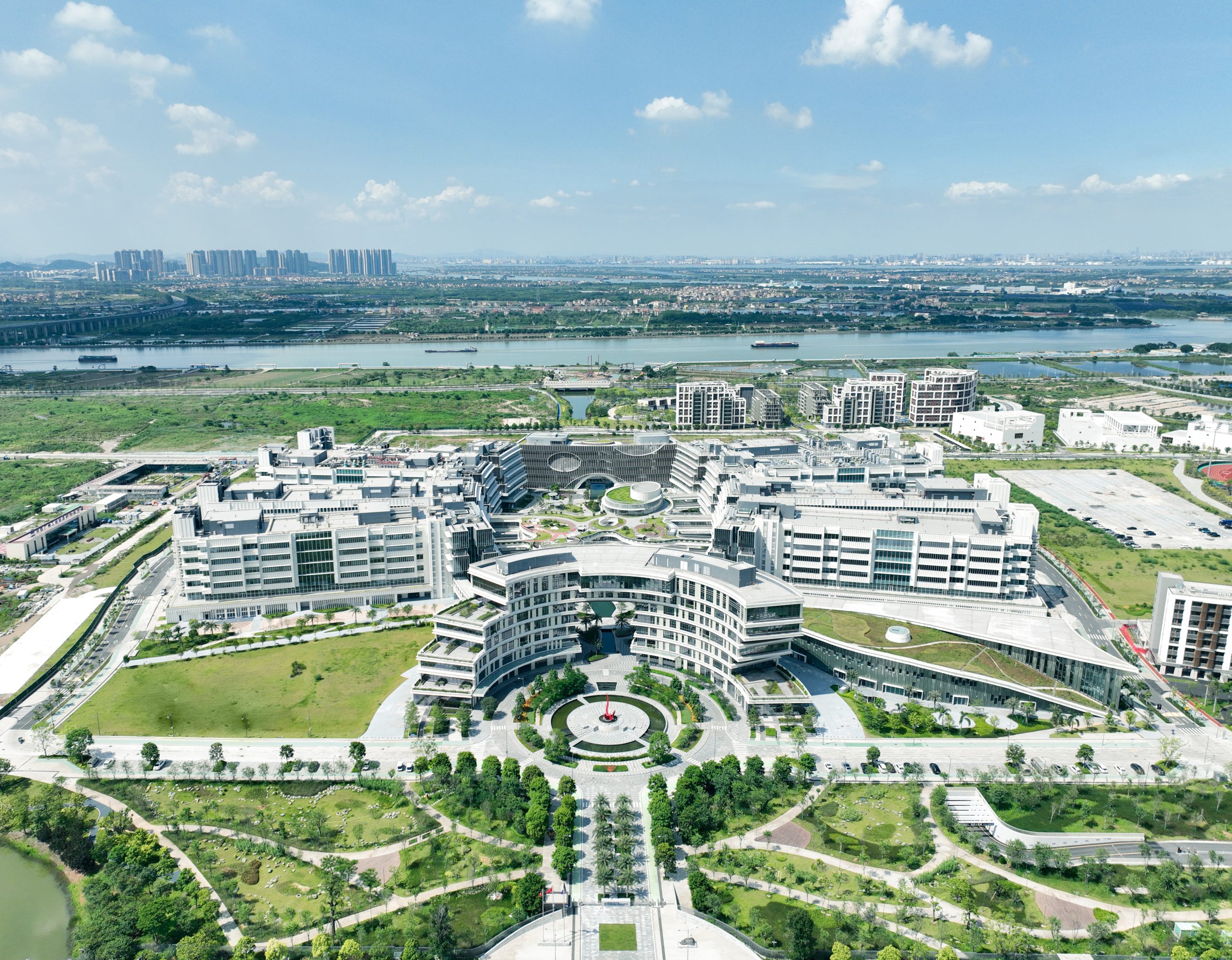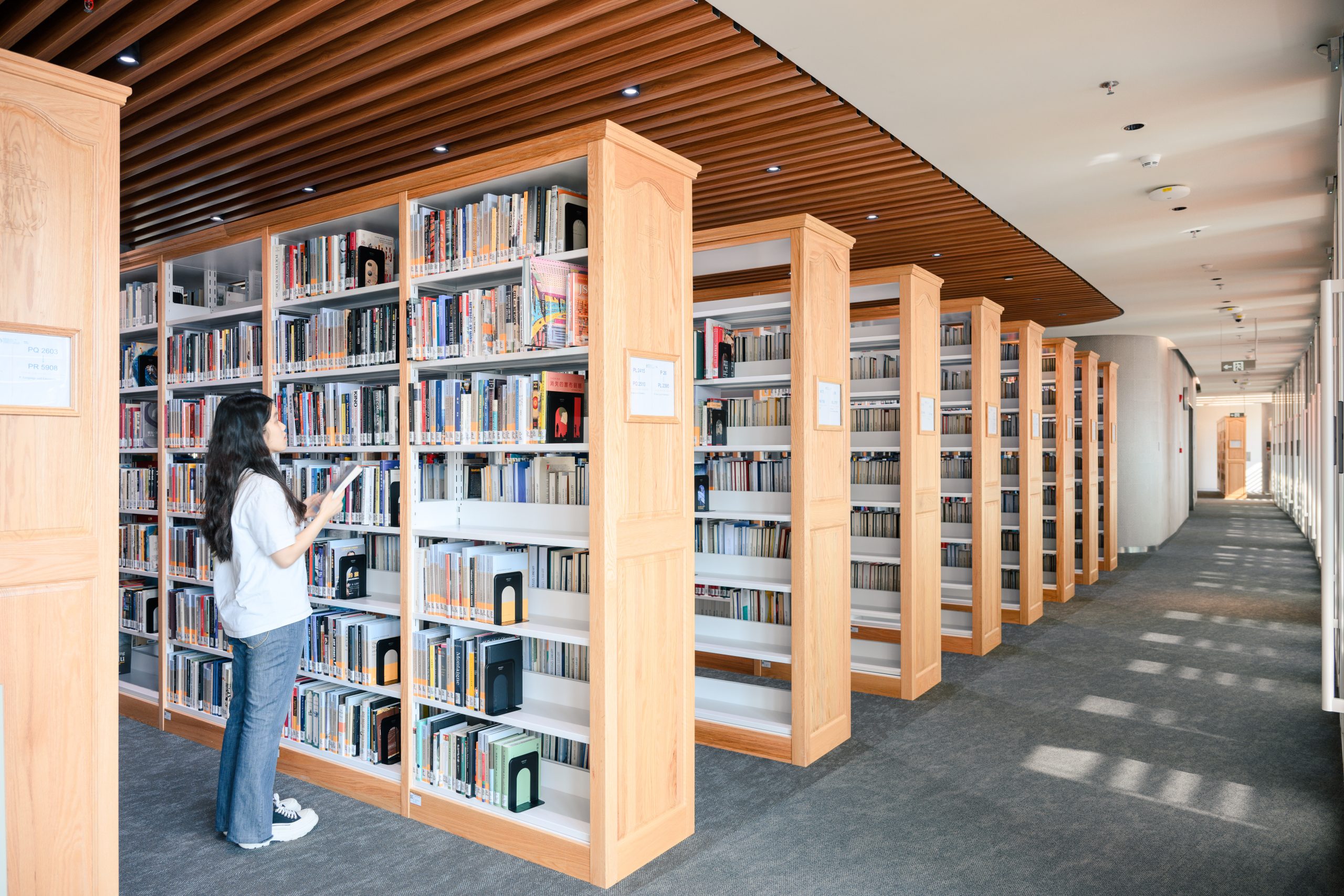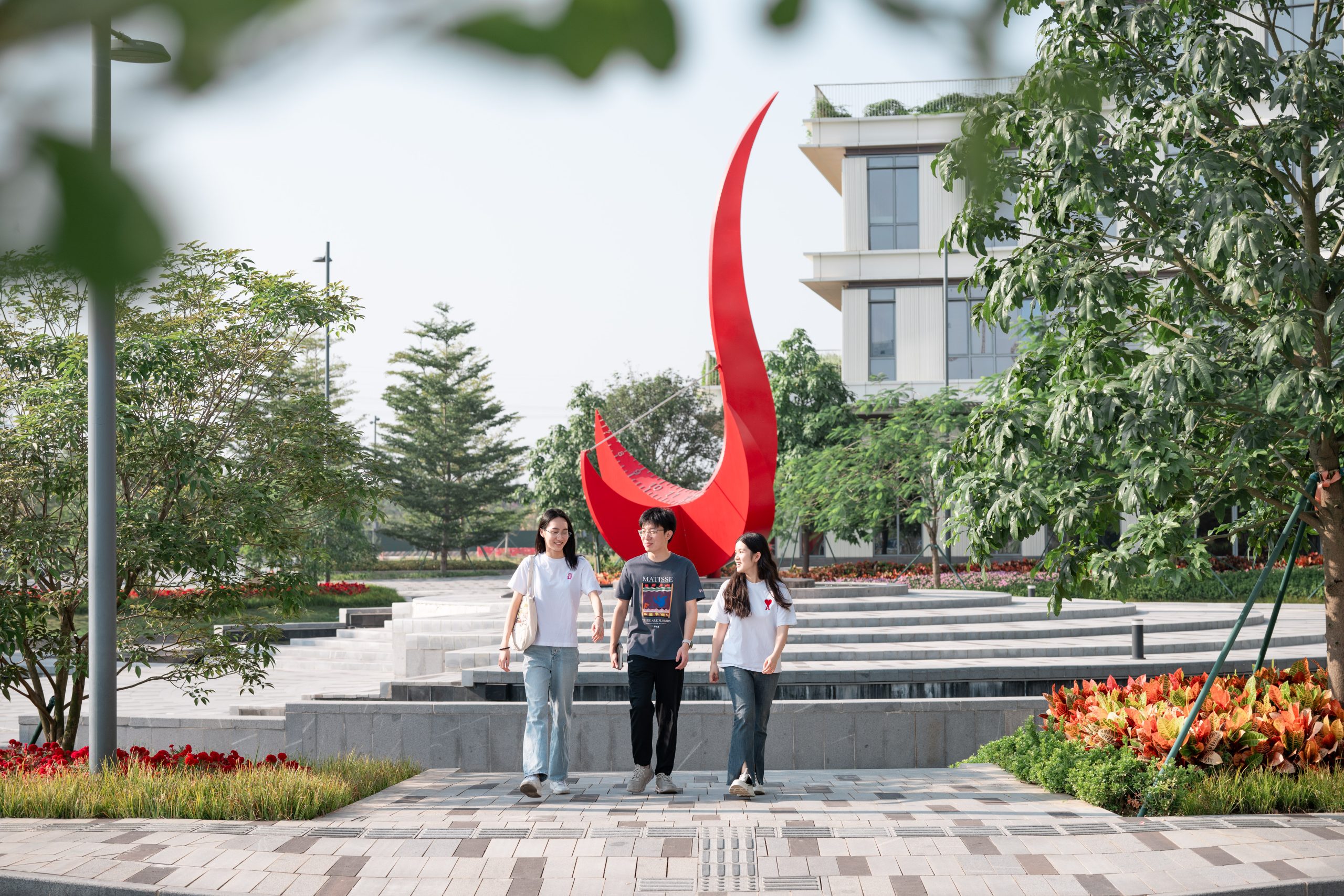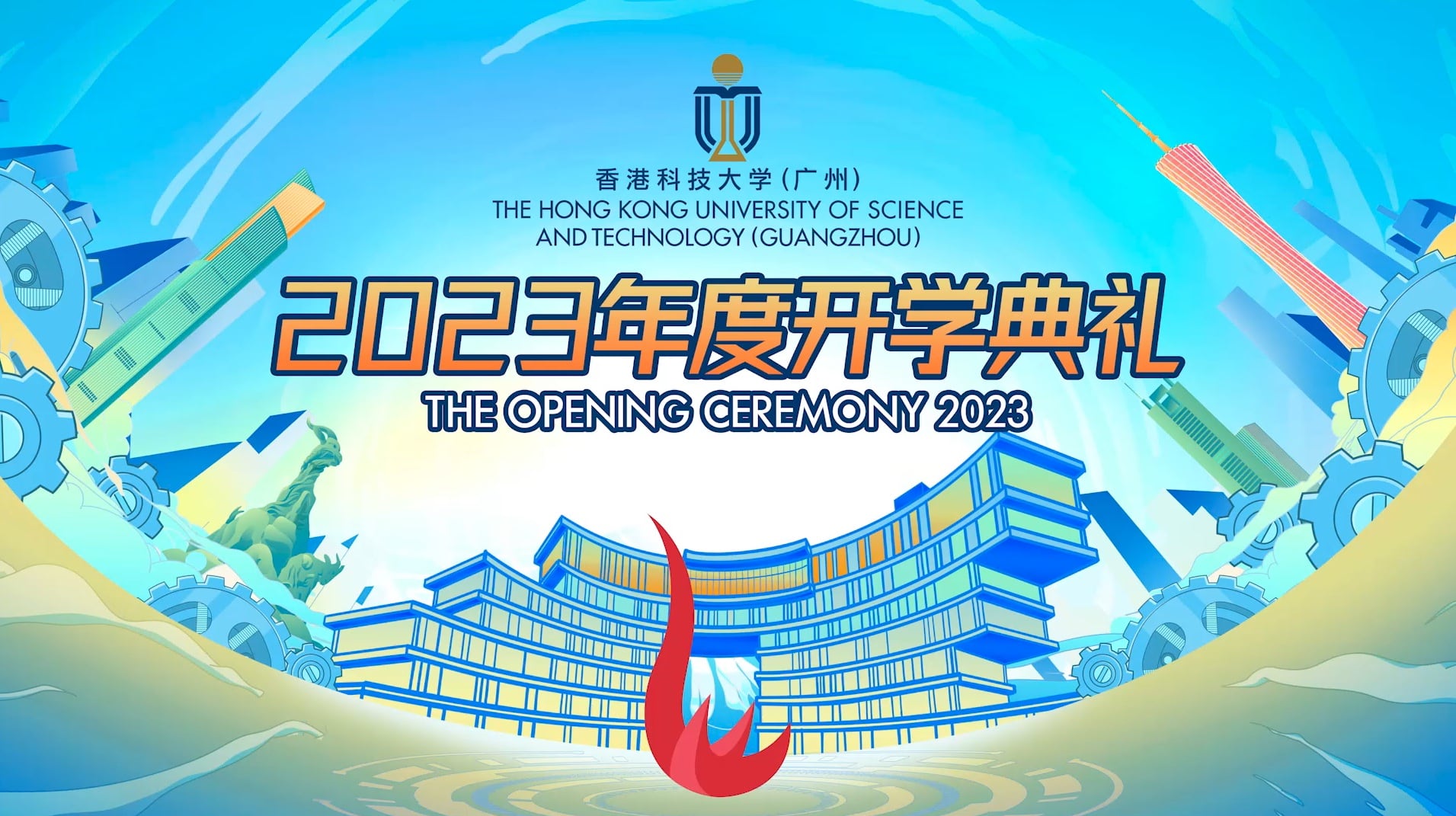Copyright © The Hong Kong University of Science and Technology (Guangzhou). All rights reserved
No.1 Du Xue Rd, Nansha District, Guangzhou
News
Research
25
2022.08
/

HKUST and HKUST(GZ) Major Cross-campus Joint Study Calls for Strategic Update to Boost Hong Kong’s Green Finance Transition
14
2024.11

In memory of Professor Wilson Tang: 1st named lab through donations of HKUST(GZ) launched
09
2024.07

GDST, HKUST(GZ) and HKUST signed the Work Plan to Jointly Support the In-depth Collaboration in Science and Technology
22
2024.05

Two national key research and development projects have been launched at HKUST(GZ)
14
2024.05
Admissions
Campus Life







University Video

2024.11.30-首届毕业典礼快剪.png)

2024年毕业宣传片-cover-scaled.jpg)
年终宣传片-cover-scaled.jpg)



2023开学典礼快剪.jpg)
一周年加文案版-.jpg)
Copyright © The Hong Kong University of Science and Technology (Guangzhou). All rights reserved








